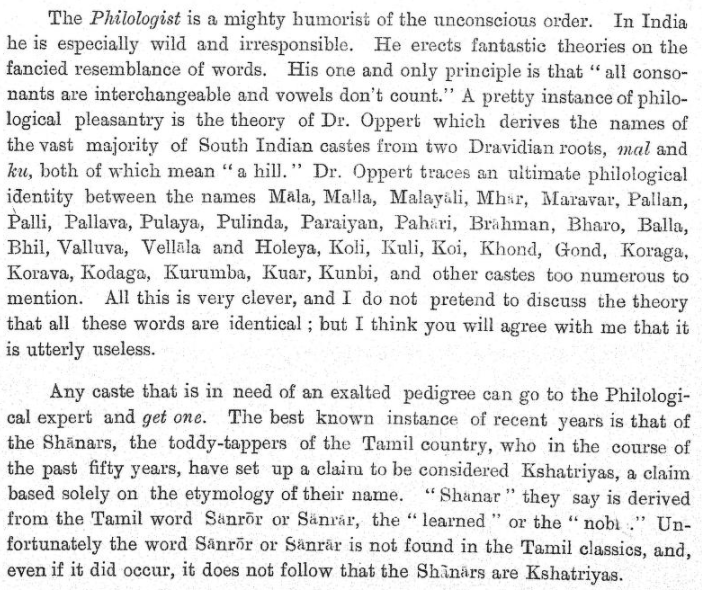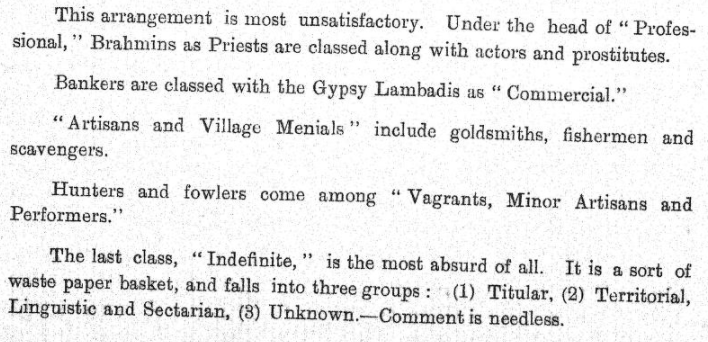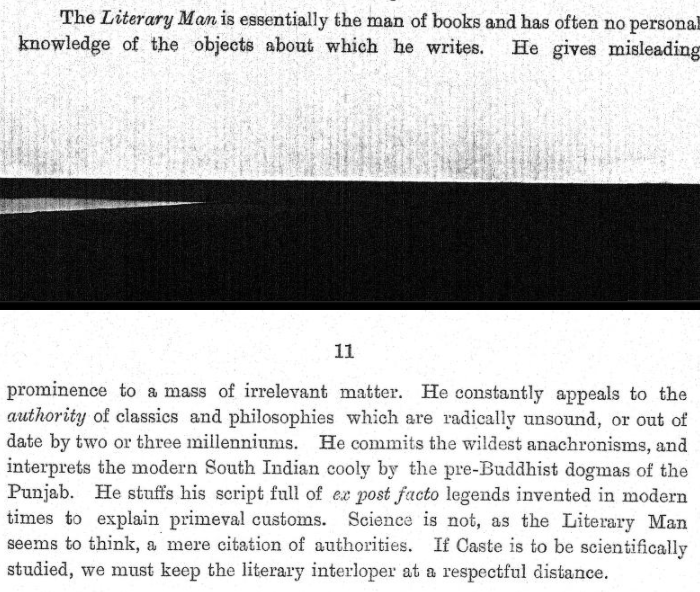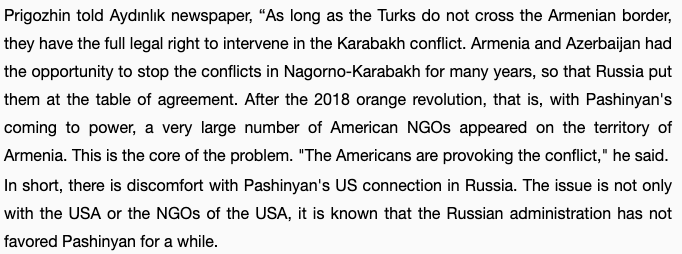
There is a decent(for a British) exposition over caste - a rare good read on the topic.
1. Caste is not something unique to India. The sophistication of Indian society gives such a complex caste structure.
1. Caste is not something unique to India. The sophistication of Indian society gives such a complex caste structure.

And more importantly, don't believe a philologist. He will invent you stories out of thin air. The author aptly calls them Literary Fiend and Philological Crank. 

But note, this thesis is heavily drunk on the concept of Aryan Invasion Theory and hence, this structure is not applicable for South. What proof does he give? The numbers. 

No Tamil and Malayali Kshatriyas, it seems. Wonder where did the king of Cochin come from. Or the Raja of Bekal. Even, the Telugu Rajus are not considered as Kshatriyas by others. Hence, there are no Kshatriyas in South. 

And why a difference between North and South? By the way, do anyone know why Vindhyas is the limit and not Godavari, which is an even mightier barrier? 

Because the imperialist is confused, he comes up with his own theories. What is actually fluidity of caste and caste hierarchy actually becomes lies and penchant for better social dignity. By the way, in a village with 99% Vellalars, who exactly is an upper caste? 

Then he picks a village from the most impossible of geographies to frame his theories - Denkanikota. Professions are fine. But you don't pick something which is neither Telugu nor Kannada nor Tamil for your analysis. 



What's the basis for this? Brahmins tend to move towards cities and Muslims towards military establishments? 

The segregation of society in the village. Again, if you look at it, this is not something distinct to India - language, religion, livelihood, geographical origins, those classified as outsiders and the outcastes. 

The author tried to frame his theory on such a place and realizes his folly. He immediately shifts his geography to the hills of Salem, which is another outlier. And guess what? He falls into the trap of that "Literary Fiend". 

These Malaiyalis follow endogamy. The children of one brother can't marry another - this clearly hints at alliance of castes and tribes and not of common origin. 

But, there is another prominent thing in India. There is endogamy and there is a sub-exogamy. Inside your community, you can't marry certain sub-sects. Again, this is not unique to India. 

Again, some nonsense. The author wants to identify this organization of villages with a caste but it is all too common everywhere. 



And how does societal influence matter in a discussion on caste? Naturally, everyone wants to look like his powerful or dominant neighbour but still maintain his distinctions. 

So, what decides social structure?
1. Pride of Race
The point is fine but the thesis is nonsensical.
1. Pride of Race
The point is fine but the thesis is nonsensical.

5. Law of Exogamy: You don't marry those who are like you. Here comes the concept of Kula and Gotra for Indians. 

6. Now, I like this. The author introduces something called Brahminism, which is the culture of the Brahmin and which is derived from Buddhism and not the so-called Aryan Brahmin. Now, how does this fit into the fundamentals of caste, I have no clue. 

7. Pollution: Which groups should be kept aside from the societal interactions? Notice, the author doesn't give foreign examples for this even though Cagots or Romani or treatment of Muslims and Christians by Hindus also fits the same pattern. 

8. Jus Convivii - what does this mean? Customs of the clan? By the way, when did Pharaoh's Minister become a Diwan? 

9. Trade Guilds: The need to transmit profession of the affiliated families. A cobbler marries a cobbler and a goldsmith, a goldsmith. 

Now, there are two other aspects - Dynamic View of Caste and Static View of Caste. Static View talks about what is a caste and how can you classify them, and Dynamic View talks about how the caste became what it is.
Coming to Static View. Caste is still fine. What is a sub caste? On what basis can you tag a person to a sub-caste? 1891 census gave a total of 25000-30000 castes with castes and sub-castes used interchangeably, synonyms used and stuff invented. 

Consequently, a definition of caste came. What is it? It can be anything. Who can declare a caste authentically? Anyone who is competent to give an opinion. And who that one can be? Again, anyone. 

The ultimate problem comes when you try to classify a huge, homogenous community called India which has a thousand ways of organization. Too many professions, too many societal equations and too many religions(Smarta and Lingayat can't be looked upon as same religion).
This is actually an unnecessary headache. Now, if you try to classify it, how do you do it? The oldest split the society into 68 groups and 7 classes. 

And from inception, it's a mess. A prostitute and a priest are classed together, and a tribal involving in barter and the village treasurer are classed together. 

When they entered into a quagmire from which they can't extract themselves, they created a bigger mess in 1901 - this one is based on social precedence based on perceptions and adherence to the Brahminical system, whatever it means. 

So, what is the problem with all these? One size fits all. It is assumed that all castes are identical in genesis. Then the author comes up with something called Primary Formative Principle which groups castes based on their origins. 

This is a good piece of work, but set in that colonialistic superior mould which treated Aryan Invasion Theory as a dogma. In reality, it's nothing more than a combination of Viking Raids, European Conquest of Americas and Siestema de Casta.
Now, under these cultural constraints, the author who has already decided South has only Brahmins and Sudras(plus outcastes) and no Vaisyas and Kshatriyas decides that there are only two groups in South - Brahmin and non-Brahmin. 

Now, what is caste? An endogamous community with a tradition of common origin. What is caste group? Common nomenclature or occupation. Again, this is an absolute mess. And in order to strut around with a puffed chest over his creativity, you see some flowery nonsense. 

My take? This is the most disingenuous comparison. A frog can't become a donkey but a soldier can become a farmer. And customs like Droit du Seigneur means a donkey can copulate with a frog. Simply put, you cannot make some stupid comparisons.
And then, he classifies them into eight orders. Now, the author is slipping. His Formative Whatever Principle is taking it's toll on him. No one creates a parasitic order or a societal outcaste for a start!! 

Fine. You create a theory. But, where is the data to prove your theory, even bulveristically? Brahmins are the first road block as usual. 

And then, he gives up. He doesn't attempt to classify any other Varna 🤣
Now, let's go to the Dynamic View of Caste - how a caste became what it is. Now, there are two different paths in the career of a caste - assimilation(copy from someone) and survival(maintenance your distinct identity).
Simply put, Assimilation is, "Be a Roman in Rome". It can be conscious or unconscious, it can be from lower castes or from upper castes. All sorts of influence are known to exist historically. 

Appropriation - wrong choice of word, but doesn't explain why one would appropriate a custom. Besides, appropriation means prohibiting the original practitioner from practicing it. Are there any proper examples for this? 

Intrusion - again, this is nonsense. One caste forces itself into the customs of another. No proper examples again. 

Sad to note, the quality of the article simply collapses when the author decides to create his own theory. There is much work to do on this, but he should have refrained from giving these comic examples.
Then he gives about how do you describe a caste. A set of questions - more of anthropological interest. I will share the complete set instead of trying to make sense out of those questions. 



And then, with a flourish, the author explains how you can put all this information to use. Break village panchayats and force everyone to follow British law. A damp squib of an ending for a decent article, eh? 

Moral: The British did something which may be useful. But, the question to ask always is, why did they create it. The best example before you is Railways.
Link to the article. I will try to make an audio presentation out of it in a week or two.
Some Suggestions for the Study of Caste in South India - FJ Richards
archive.org/details/in.ern…
Some Suggestions for the Study of Caste in South India - FJ Richards
archive.org/details/in.ern…
• • •
Missing some Tweet in this thread? You can try to
force a refresh



























